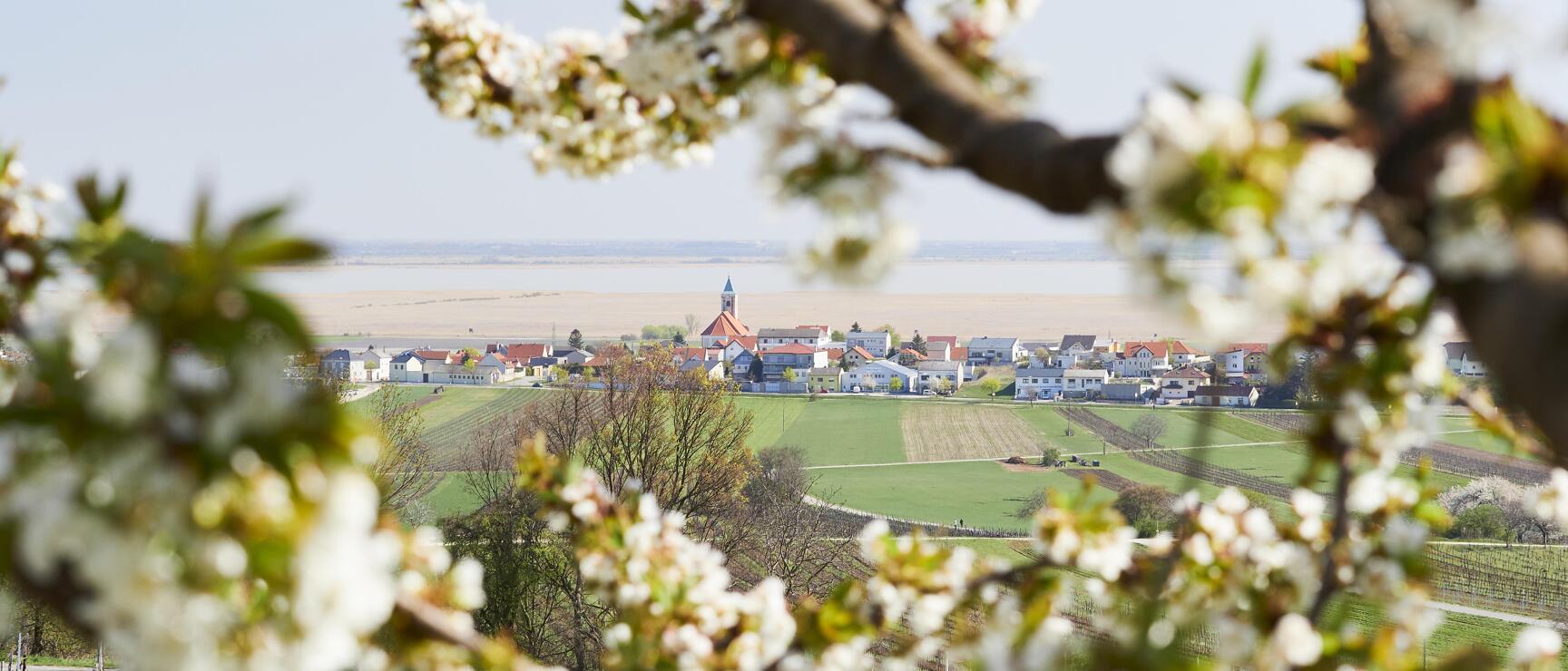
Burgenland in Summer
Holidays filled with sunshine, nature, cycling, and wine tastings
Burgenland
In Burgenland, tranquil landscapes meet vibrant cultural scenes. The region shines with its unspoiled nature and deep-rooted traditions, while never feeling outdated. Its gentle hills, sprawling vineyards, and idyllic lakes invite you to relax and unwind. Traditional festivals and warm hospitality create a welcoming atmosphere. Here, the modern blends seamlessly with the traditional, making Burgenland a place that constantly surprises and delights.
Pannonian Plain
An innovative spirit in viticulture and cuisine results in excellent regional products. In the country inns and wine taverns, hosts serve up typical Pannonian specialities. Local cuisine is also influenced by the climate in the Pannonian plain, which is known for being warm, dry, mild, and low in rainfall.
"Land of the sun"
Hot summers and around 300 sunny days a year have earned Burgenland the nickname "Land of the Sun" – a blessing for its many vineyards and orchards. Perhaps the most famous region in Burgenland can be found around Lake Neusiedl. This steppe lake has made the area a coveted destination, where sunseekers and watersports enthusiasts can find their paradise in the national park. It's also a haven for wildlife, with 340 bird species calling it their protected home. In fact, the region has been a UNESCO World Heritage and Natural Heritage site since 2001.
Burgenland Card:
Art, culture and exciting offers for the whole family - the ticket to the best experiences.
Events in Burgenland:
The calendar of events features a mix of traditional and modern highlights throughout the province.
Meet Burgenland
Top highlights
Tours
Regions
Cities and places
Naturally sustainable
Hotel Landhofmühle in Southern Burgenland
Claudia Fartek lives sustainability and regionality out of genuine conviction. As the head of Hotel Landhofmühle in the Burgenland Nature Park Raab, she has been practising sustainable methods for over 30 years. Why? Because for her, it has always made sense, both in the past and today.
In recent years, sustainability, regionality, and consistency have become increasingly important factors for holidaymakers. However, for the Fartek family, these ideals have always been second nature, shaped by the location of Landhofmühle in the heart of the Raab Nature Park in Burgenland.
Their dedication has paid off: Hotel Landhofmühle became the first 'Nature Idyll Hotel' in Burgenland and the first to receive the eco-label. In addition to being recognised by the Nature Idyll Hotels, the Landhofmühle is now also certified with the AMA GENUSS REGION seal, a mark of controlled quality and regional origin.
Top events
Famous personalities
Recipes
Unique places to stay
Certification across all regions
Burgenland as a role model for sustainable travel
Burgenland is the first province in Austria where every region has been doubly recognised: Nordburgenland, Mittelburgenland–Rosalia and Südburgenland are all equally proud to hold certification with the Austrian Ecolabel for Destinations as well as the internationally recognised TourCert seal.
In Burgenland, responsibility for people, animals and the environment plays an important role – something you can experience and feel in many ways on holiday. Immerse yourself in protected natural habitats. Discover cultural traditions. Stay in one of the many sustainable accommodations. Join guided tours in nature that use resources with care, and take advantage of the well-developed public transport network. Travelling sustainably in Burgenland couldn’t be easier.
The wine specialty from Southern Burgenland
Pale pink, cherry red or light yellow: The Uhudler comes in various colours, is part of the identity and culinary tradition of Southern Burgenland, and is cultivated across 300 hectares. Its bouquet carries aromas of wild berries, raspberries, strawberries, and a hint of "foxton".
This fruit wine originates from American grapes (Concord, Delaware, Elvira, Ripatella), is highly resistant to pests and fungal diseases, and is produced as a pure natural product. Uhudler reaches its optimal drinking maturity after 2 to 10 years, with an alcohol content of 10 to 12 percent by volume.
Uhudler viticulture was banned until the 1990s due to scepticism towards these direct-producer varieties, but this was later disproven. Since then, the cultivation of Uhudler has been permitted in Burgenland.
Dialect and vernacular
Dialect in Burgenland
From Kuh to Khui – in Burgenland, they speak the Ui dialect. Known as Hianzisch, this dialect is part of the Central Bavarian group and was once widely spoken, even reaching Vienna during the Austro-Hungarian Empire. This meant that Burgenlanders spoke the same dialect as Empress Elisabeth and would have understood each other perfectly at the time.
Today, however, the Burgenland dialect is slowly fading, influenced by the linguistic trends from Vienna and Lower Austria.